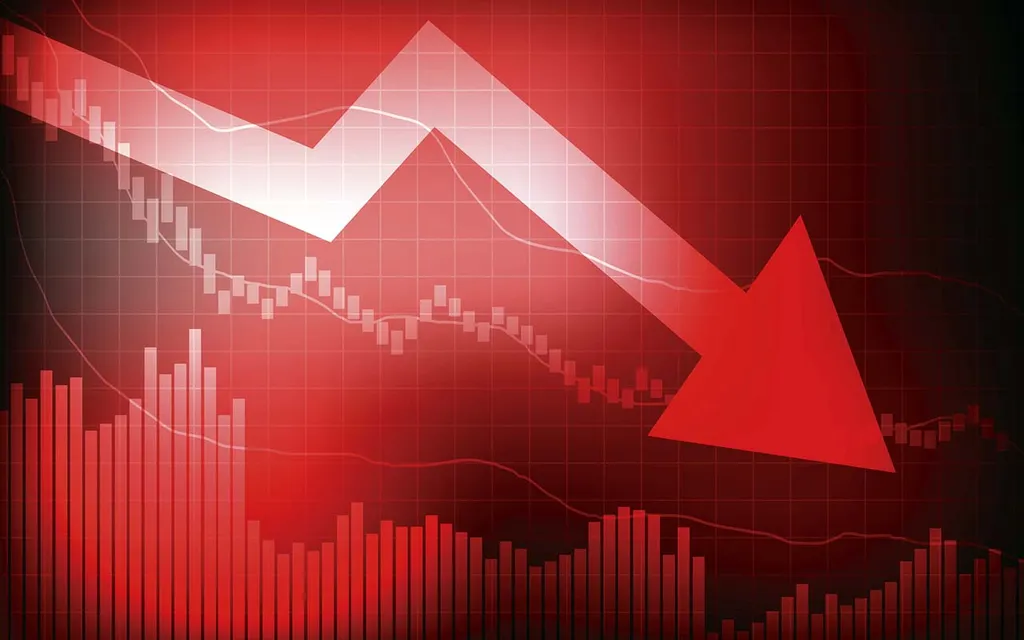A Historical Overview about Sensex Crashes
2008 Financial Crisis:
- High point: 21st January 2008 (20,873 points)
- Low point: 27th October 2008 (8,047 points)
- Reason: The global financial crisis triggered by the subprime mortgage crisis in the US led to a slowdown in the Indian economy and a massive selloff in the stock market.
Harshad Mehta Scam:
- High point: 4th April 1992 (4,467 points)
- Low point: 31st March 1993 (2,651 points)
- Reason: The stock market scam by Harshad Mehta led to a loss of investor confidence and a selloff in the stock market.
Dot-com Bubble Burst:
- High point: 14th February 2000 (6,150 points)
- Low point: 13th September 2001 (2,594 points)
- Reason: The burst of the dot-com bubble and the 9/11 terrorist attacks led to a global economic slowdown and a massive selloff in the stock market.
Policy Paralysis and European Debt Crisis:
- High point: 5th November 2010 (21,108 points)
- Low point: 20th December 2011 (15,175 points)
- Reason: The Indian government’s policy paralysis and the European debt crisis led to a loss of investor confidence and a selloff in the stock market.
COVID-19 Pandemic:
- High point: 20th January 2020 (41,952 points)
- Low point: 23rd March 2020 (25,981 points)
- Reason: The COVID-19 pandemic and the nationwide lockdown led to a halt in economic activity and a massive selloff in the stock market.
Demonetization:
- High point: 8th November 2016 (27,871 points)
- Low point: 21st December 2016 (25,765 points)
- Reason: The Indian government’s demonetization drive led to a slowdown in the economy and a selloff in the stock market.
Overall, these crashes were caused by a combination of global and domestic factors, including economic slowdowns, political instability, scams, and loss of investor confidence. The Indian government and the regulators have taken several measures to prevent similar crashes in the future, including tighter regulations, sound economic policies, and measures to revive the economy and the stock market.




